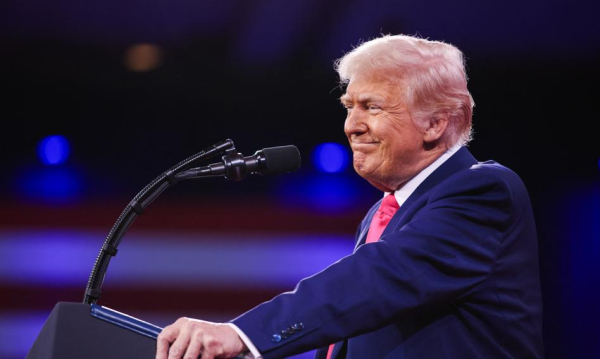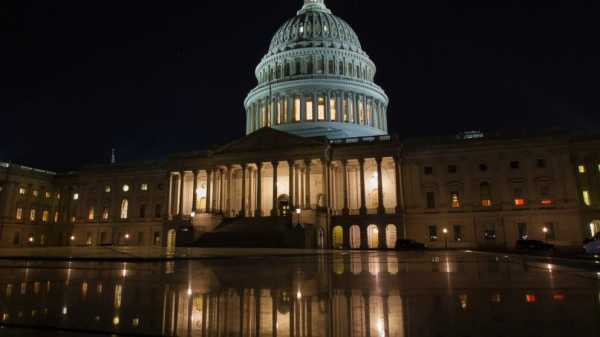The stock market declines caused by the introduction of new tariffs on imported goods in the US are affecting the retirement plans of Americans, the vast majority of whom are preparing for retirement by investing in financial assets, including stocks, as part of so-called 401K plans.

The sharp declines in stock prices following the Trump administration’s new tariffs have meant that Americans are seeing their 401K retirement plans (named after a provision in the tax code) fall in value, among other things. The broad S&P 500 index fell 5% on Thursday, its most since the 2020 pandemic crisis.
Washington Post financial columnist Michelle Singletary writes the day after the declines: “I won't tell you not to panic, because I was complaining all day, and quite frankly, crying.”
Many Friday editions of newspapers in the US include recommendations for people for whom the decline in the value of 401k plans is particularly dangerous, that is, Americans who are close to retirement or who have recently retired. “A big drop in stock prices increases the risk that at some point you will run out of money,” warns the New York Times.
Employer-funded 401k plans are not insured by government deposit guarantees. Meanwhile, the typical risk investors are exposed to is fluctuations in prices, we read in US Congressional documents.
“If you’re about five years away from retirement or five years into retirement, that’s when you’re most at risk financially,” the New York Times explains. It’s too late to count on breaking even in 10 years, because stocks always rebound over the long term. If you’re still working, there’s also the risk that a recession will wipe out your job. Either way, that’s the period financial advisers often call the “retirement danger zone,” the New York Times writes.
In such a situation, advisers recommend that Americans postpone retirement for a few years, limit expenses, and increase the share of “conservative securities” such as bonds or units of funds operating on the money market in their investment portfolio.
According to the Association of Retirement Advisors of the United States (ASPPA), investments in retirement plans now account for about half of the capital markets. In the 20th century, the nature of capital markets was fundamentally changed by Americans' retirement and savings plans, whereas earlier this century, investments in the stock market were made to preserve or increase private wealth.
In 2021, the value of capital market assets related to pension plans was nearly $35.5 trillion, so “pension policy and capital market policy are inextricably linked,” ASSPA writes on the association's website, stipulating that “some politicians” have not been informed.
For Americans in the “retirement danger zone,” Michelle Singletary advises “not to look” at stock prices because “some things are better left unknown.” Dan Egan of investment advisory firm Betterment explains to WP that “knee-jeopardy reactions to (stock) declines can do more long-term damage than the declines themselves.” They can also intensify a rush to dump stocks that are falling in value, threatening a crash.
The British weekly “Economist” recently noted that American investments in the stock market are at almost the highest level since 1947, and according to the American brokerage firm Interactive Brokers, the number of clients who borrow to play the stock market, using so-called margin buying, has increased significantly. At the end of 2024, the value of loans that Americans took from their brokers for such purposes reached $54 billion.
A stock market collapse would be very dangerous in this situation, because buying shares on a loan from a brokerage firm may result in large losses if prices fall.
The NYT warned last week that if the downward trend on Wall Street continues and investors “withdraw money from US stocks (…), selling pressure will increase.” (PAP)
fit/ car/






